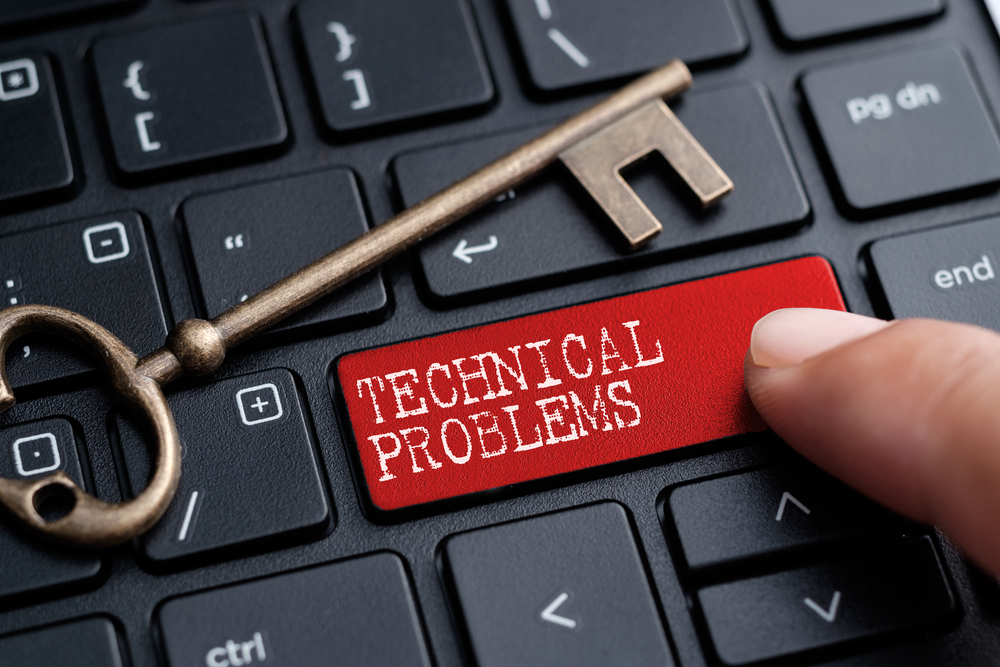A lot of people were trying to get involved in the Status ICO yesterday. That is not entirely surprising, as cryptocurrency ICOs are all of the rage right now. Unfortunately, this particular ICO has seen its fair share of problems. When everything was said and done, a lot of investors were left in the cold. This is partially due to an issue with the ICO itself, as well as MyEtherWalet not broadcasting transactions. To top it all off, the Ethereum blockchain simply couldn’t accommodate this global interest.
Status ICO Leaves A Very Sour Taste
No one is doubting the Status team knows what they are doing. If that were not the case, the project wouldn’t have raised so much money in quick succession. The project’s white paper looks very interesting, and focusing on the mobile ecosystem is a smart idea. From a conceptual point of view, there is no shortage of praise for the Status tea right now. Unfortunately, the ICO aspect will keep haunting them for quite some time to come.
It is important to note the ICO website itself managed to keep up with demand, which is a rarity these days. Multiple ICOs crumbled due to the website getting overloaded with visitors. That was not his case for the Status ICO, mainly because they allowed investors to see the smart contract deposit address well in advance. The team also decided to only accept deposits starting at a certain network block. This is a smart idea, even though it caused some confusion among investors.
This is also where the first problems became apparent. As the network block for the ICO drew closer, people started sending large amount of Ether well in advance. All of these transactions were rejected of course, yet it caused a lot of overload for the Ethereum blockchain. Despite what some people may think, Ethereum’s blockchain does not handle large amounts of transactions all that well. Eventually the network block was reached, but it caused another problem shortly after.
Getting funds sent to the smart contract address provided to be virtually impossible. The Status ICO contribution page stated how users could only send transactions at 50 Gwei maximum. Unfortunately, this was false information. Anyone using 50 Gwei or less was virtually cut off from getting a transaction through. A lot of investors sent transactions of 100 Gwei and more in order to get ahead of the queue. Sadly, this also meant these people were able to invest in an ICO which should have effectively blocked these transactions altogether. Not the most level playing field by any means.
To make matters worse, this caused even more Ethereum network congestion. A lot of popular cryptocurrency ICO wallet clients were unable to even broadcast transactions to the blockchain. This mainly affected MyEtherWallet users, although some Mist and Parity users were struggling as well. It is evident centralized wallet services – or their chrome plugins – will falter if the Ethereum blockchain can’t keep up with the number of transactions. Sending money through MyEtherWallet was impossible, as none of the transactions even made it to the blockchain whatsoever.
All of this highlights some major problems where Ethereum is concerned. As sound as the technology may be, it suffers from the same issues as Bitcoin. High transaction volume cannot be handled properly, which is a big problem. It took several hours before things returned back to normal. Even now, services such as MyEtherWallet are struggling to broadcast transfers properly. This is not a good development for Ethereum by any means. Nor is it good news for the Status ICO, as it is by far one of the more controversial projects in recent months.
If you liked this article, follow us on Twitter @themerklenews and make sure to subscribe to our newsletter to receive the latest bitcoin, cryptocurrency, and technology news.

